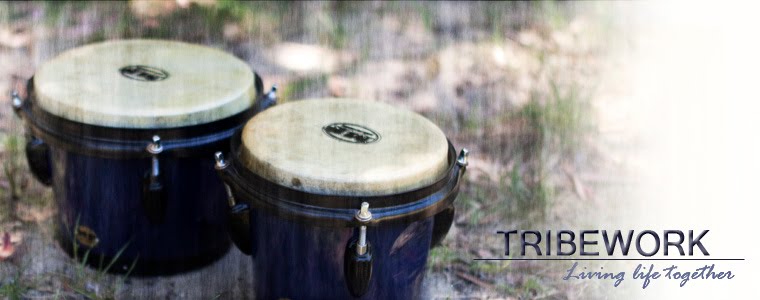
Would it surprise you to learn that the average child injures themselves about twenty times a week? (For adults it’s about twenty times per year.) Over our lifetimes we’ll also have at least twenty ‘close calls’ whereby a little less luck could mean fatal injury.
When we consider for a moment that hazards and risks are everywhere in life and that part of the skill of living is avoiding them—for which we’re mostly successful—we can see why we’re all very prone to the odd lapse that sees us get scraped up, bruised, strains and sprains, broken bones and worse.
There are two things to cover here:
1) to highlight four issues to our children in raising their awareness of personal injury hazards, and
2) to caution us parents against using certain traditional, though ineffective, methods in our teaching feedback to our children.
Four Key Hazard Agencies
1. Hard things – children as well as adults are prone to falling against hard items like furniture and flooring. Teaching kids about being careful regarding speed energy around hard items will mean possibly less risk of bruising, stitches or worse—the likelihood of falls and the consequences of injury can be reduced.
2. Sharp things – knife safety is not the only thing in focus here. Any breakables like glass are potentially sharp also. Also sharp objects can puncture the skin, or pierce eyes so easily. An awareness of ‘sharps’ too is critical to ward against the transference of disease.
3. Hot Things – it’s difficult for children to know the temperature of some things around the home. Being cautious around potentially hot items, whether it’s solids, liquids or gases is really important. Burns are often very unforgiving injuries. Being sun-smart is increasingly important.
4. Slippery things (including surfaces) – most slips, trips and falls—some of which will cause major injury—occur because of slippery surfaces, lack of balance or poor footing. We see plenty of these on funniest home video shows... little do we often realise how close some of these run to very serious, disabling or even fatal injuries... under slightly different circumstances i.e. luck has played a big part. Obviously handling slippery things is a hazard too.
Children should be taught to have a hands-off approach to sharp and hot things, whilst being careful about speed energies around hard things and slippery surfaces.
Things Not to Say
We all had parents that probably said these things, and indeed, we may’ve said them too. I know I did!
“Don’t hurt yourself!”
“Be more careful!”
“No wonder you’re hurt—you shouldn’t have been doing that in the first place!”
Better than saying something negative or blameworthy, and often therefore ineffective, it’s better to use injuries and near misses around the home as coaching moments. Highlight the issues related to the hard, sharp, hot and slippery things.
Create a learning opportunity out of it.
It’s even better to create visual aids, fridge magnets and the like to train the child in hazard awareness. As parents we have the most natural motivation. We’d hate to see them seriously hurt.
Coaching for Safety – a Life Skill for the Parent to Teach
It is a gifted child who has a parent who’ll take the time to teach these principles—to watch for these four things—because one day it may save them from serious injury or from even being fatally injured, which is every parent’s nightmare.
A final word on drowning, which is one of the biggest killers of children, particularly in Australia, and road trauma. When it comes to water, always supervise. And know your first aid too. Never ever underestimate the potential for injury and death when it comes to one ton (and more) of metal running at speed—even relatively ‘safe’ speed—which adds up to great force.
© 2010 S. J. Wickham.
Acknowledgement to SafeTrain’s Larry Wilson and Cristian Sylvestre and the SafeStartTM intellectual property. Go to www.safetrain.com.au for more information.

No comments:
Post a Comment
Note: Only a member of this blog may post a comment.